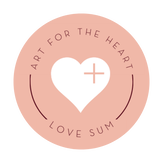|
Do you ever sit down to work in your art journal and freeze? What should I make? What should I work on? What supplies should I use? Do you find yourself thinking about making art more than you do making art? I’m here to help. I’ll be creating a blog post series on various background ideas using one main supply. For today, that special supply is acrylic paint. My hope is that this post will give you some ideas to jump in and get started. If you’re up for the challenge, I encourage you to try each of these techniques and make a bunch of different art journal backgrounds with them. I’ve been doing the 100 Day Project and have been focusing on backgrounds (#100DaysofArtJournalBackgrounds), and it has been so liberating to focus ONLY on the background in the project. No pressure to “finish” a spread. No pressure to focus on something profound. Just simply showing up and throwing a little paint (or whatever I want) on the page. All right. Let’s move to the art, shall we? Here are 5 different art journal background ideas that you can create with acrylic paint! P.S. If you're brand new to art journaling, you might be interested in this. 5 Art Journal Backgrounds Using Acrylic Paint1. Dry brush (left side of the page) Put the water aside for this one, no need for that. Put a bit of paint on your palette. Take a firm, bristly paint brush and lightly dip it into the paint. Drag it back and forth on the page. Play around with the direction, the pressure, and the stroke. Let it get streaky and hollow. Keep adding a bit more paint until you’ve covered the page. Repeat with different colors. Layer on top. Let yourself experiment. 2. Ombre Grab two colors of paint - or a color and white. Put each of the colors on opposite directions on either side of the page. With your brush, start on one side and move the color back and forth along the page. Next, do the same to the contrasting color and have them meet in the middle to mix and overlap. Add a bit of water onto your brush to get a bit more fluidity and blend. Bonus: You can get an "ombre" look with brush marks, too! 3. Bold Shapes Choose some colors that you like. Next, take a paint brush and create some big, bold shapes with the various colors. Paint them in like a coloring book. 4. Smoosh Painting Pick out some colors and put some paint in the middle of the spread. Next, close the book and use your finger to move the color out from center. Open up the page and let it dry. 5. Blocked off Grab some low tack tape (washi tape works great) and block off some areas on your page. Next, paint in the areas with colors of your choice. You can remove the tape while it’s still wet or dry - your choice. Once you create your backgrounds using these various techniques, the choice is yours to add layers and build on them. Maybe you love what you create as it is, maybe you layer ontop, maybe you end up ripping out the page and using it as collage fodder. You have the freedom to do what feels best for you. Get your art on - art challenge ideas to encourage you to play in your art journal:
Inspire others and share what you create. Tag me on Instagram (@theLOVESUM) so I can send you some love! Want to take your art journaling to the next level? Join the waiting list for my next online course, 25+ Mix & Match Art Journal Layers.
Looking for additional guidance and support? I offer 1:1 coaching and art journaling sessions. I’d love to chat to see if we’d be a good fit to work together.
0 Comments
“The creative process involved in the making of art is healing and life enhancing.” American Art Therapy Association, Mission Statement As stated in The Art Therapy Sourcebook by Cathy Malchiodi Process over product. This is an essential pillar of art therapy. Focus on the process of making art instead of the product that’s created at the end. Shifting the way you approach your art making will make it a more therapeutic experience. It can help you feel more grounded, find meaning in your art, gain insight into your life, and support being more intentional not only in your art making, but also in other areas of your life. How you show up with your art will transfer to other areas of your life. Here are some questions to consider before, during, and after making art to help focus on the process over the product: Before:
During:
After:
Download this free cheat sheet that you can print out and have next to you for future art making sessions.
What other helpful questions might you ask to focus on process over product? Share in the comments below. An altered book art journal is a place for art making and writing that utilizes an old book as the canvas. Other versions of art journaling you might have heard: Art journal, junk (or junque) journal, artist book, visual journal, smash book, glue book, altered book, sketchbook. Each of these other variations have their own nuanced approach and benefits. 5 Reasons to Start an Altered Book Art Journal:1. Sometimes words aren’t enough Taking pen to paper can be a great way to get stuff off your chest, but sometimes words aren’t enough to capture the essence of how you’re doing. While writing and other logical thinking tap into the left hemisphere of your brain, in art journaling we use images, color, and other expressive elements which tap into the right hemisphere. So when words aren’t enough, diving into imagery to explore what you are feeling can be a great way to more fully express yourself. 2. Creative playground to experiment and play Unlike a big blank canvas or piece of paper that can feel intimidating, in altered book art journaling there are already words or images on the page. For many, starting with a page that already has “stuff” on it can make getting started a whole lot easier. In art journaling the key is to work in layers, so you get to keep experimenting, playing, and adding onto your page until it feels "done" for you. This can be a very freeing experience and one that encourages exploration and playfulness. 3. Develop creativity and artist identity An art journal has no rules, so it’s the perfect place to explore your own creativity and artist identity. As a former no-no-I’m-not-a-“real”-artist person, I have found my own artist identity within the pages and time I’ve spent in my own altered book art journals. 4. Encourage presence While making art, your focus is on the materials in front of you. Your art journal can be a wonderful place to tune into the present moment. As you watch your brush move across the page, the scissor splice through a magazine page, your pencil dance across the paper, you will find that your racing thoughts begin to slow down and shift into the background. After a session of art making, you’ll likely find yourself feeling more relaxed and present. 5. It’s fun! Your altered book art journal can be a place for you to have fun! When else in your adult life do you get to show up, make a mess, create without a plan, and spend some precious time for yourself? An altered book art journal is so much more than a space to make art; it is a space to dive deep, explore, create, play, slow down, or whatever else you need it to be.
If you’re ready to get started with an altered book art journal, I invite you to enroll in my class! What we say to ourselves matters. The good news is that our brain can continue to change and evolve even in adulthood. Meaning, even if you’re stuck in some negative thought patterns, that doesn’t always have to be the case. A practice that has gained some popularity, for good reason, is the practice of repeating and embodying affirmations. Affirmations are positive statements about ourselves that can help us shift our mindset and thought patterns over time. Examples of affirmations:
We can practice embodying affirmations in a number of ways:
My Affirmation Poster workshop combines art making and affirmations, the perfect pairing for some creative self-care that also has the potential to help enhance your wellbeing over time. This online, self-paced workshop involves a simple process that you can repeat over and over again for different pieces of artwork. What you create will be unique to you and include a mantra that resonates most with you in the moment you create it. I love using magazines in my art, so it’s no surprise that they’re showing up in this workshop. Magazines are accessible (financially, emotionally, creatively), full of imagery, colors, and words, and a great starting point to begin making some art.
Sign up for free for the 6 Self-paced Workshop Bundle (free download) to gain access to this workshop and 5 others! The Workshop Bundle will arrive immediately to your inbox after sign up. Enjoy and, as always, please share your work if it feels good for you. I’d love to see what you create. Ways to share your work:
Taryn When present with the materials, watercolors can evoke a sense of peace, calm, and relaxation. Watch as I create a Mindful Watercolor Circle and witness the paint move and morph within the contained space.
Art making is self-care. Self-care is an act of love. Add more love. For more art, inspiration, and creative self-care, visit theLOVESUM.com MORE ART shirts available here: theLOVESUM.etsy.com Did you know you can use your Crayola markers in a way that gives them a watercolor effect? This video shows you three ways you can use them! Art making is self-care. Self-care is an act of love. Add more love. For more art, inspiration, and creative self-care, visit theLOVESUM.com
“Our deepest fear is not that we are inadequate. Our deepest fear is that we are powerful beyond measure. It is our light, not our darkness that most frightens us. We ask ourselves, Who am I to be brilliant, gorgeous, talented, fabulous? Actually, who are you not to be? You are a child of God. Your playing small does not serve the world. There is nothing enlightened about shrinking so that other people won't feel insecure around you. We are all meant to shine, as children do. We were born to make manifest the glory of God that is within us. It's not just in some of us; it's in everyone. And as we let our own light shine, we unconsciously give other people permission to do the same. As we are liberated from our own fear, our presence automatically liberates others.” - Marianne Williamson There is no one else in this entire universe who is just like you. You have gifts and talents to share with this world that have the potential to make a profound impact. The world needs you to share what is unique and amazing about you. Don’t get me wrong. It can be scary stuff putting yourself out there, feeling vulnerable and exposed, but the alternative is living a life never getting close to your full potential. The alternative is living your life while harboring all of the amazing qualities that have the potential to change the world. At the beginning of 2015 I had the idea to start Love Sum. It was a big fluffy idea in my head, one that incorporated my experience as an AmeriCorp member and the eye-opening years of being a high school teacher, all while weaving in my creativity, love for art, and other snippets of my personal life. It was a big fluffy idea that asked me to get bold, push forward in the face of fear and to act on something aligned with my values and passions. I’m not changing the world on a global scale, but starting Love Sum has paved the way to hosting events in my local community, facilitating workshops at national retreats and has allowed me to serve some amazing people all over the world through Love Months, care packages, and other ways that I’ve had the privilege to remind people to add more love. What if I never started Love Sum? Would the world end because I didn’t act? No, it wouldn’t, but those moments shared at events, the connections made, the little reminders to add love that are carried by people all over the country would have never existed. Although each part is small on its own, when you add it all up, it matters and makes an impact. What have you had the courage to share with the world? What if you have never pushed yourself to do it? What if you kept playing small? Take a moment to thank your past self for being courageous. What is something that you’ve been struggling to act on? Is there a conversation you want to have? A piece of art you want to make? A project you want to begin? “Your playing small does not serve the world.” To encourage you to share your gifts, I’ve created this resource for you to identify your gifts, reflect on how you’re currently utilizing them, and create one commitment as you move forward. I’ve also created a downloadable phone background for you to serve as a daily reminder to play a little bigger! Sending you lots of love and encouragement!
-Taryn
Have you ever had that moment at the end of the day when you realize it’s nighttime and you have no idea how the day went by so fast? Or when someone asks you how your day was and you have no idea how to respond because it was such a blur? Do you feel like you’re rushing from task to task and constantly focused on the next thing you “have” to do?
In our fast-paced lives, it’s hard to imagine where the elusive concept of “self-care” would ever fit into our days. We feel like we have so much to do all the time, so where would there possibly be anymore time to fit in one more thing?
Self-care looks different for everyone. It’s not meant to be hard, stressful, or put the pressure on us to feel like we have to add one more thing to our already full schedules. As I mentioned in this post, your self-care should meet you right where you are and point you in the direction of where you hope to be.
In order to be in the place of adopting and integrating a sustainable self-care practice, it’s important to get a snapshot of how we’re doing at the present moment. One way of doing this is to start with bite-sized self-care activities. When we start to make small shifts towards self-care, we start fine-tuning our awareness to help us realize the following: a) There are opportunities where we can practice self-care in small ways. b) We start recognizing how we’re feeling in the present moment. c) When we have more awareness, we can start making effective decisions that support our well-being. We start shifting to become more proactive, instead of reactive in our everyday lives. Here are some bite-sized, 5-minute self-care ideas that you can implement today. Print out this list, post it somewhere you see often, and challenge yourself to do at least one of these every day. 25 5-Minute Self-Care Ideas:
Snap a photo of your list and tag @theLOVESUM #LoveSumSelfCare on Instagram! If you have more ideas to add to the list, comment below! I’m working on a massive list of self-care ideas for you all and would love to know what works for you!
The topic of self-care can bring up a lot of feelings for people. We can feel overwhelmed with choice. How do I practice self-care? I see everyone talking about yoga and meditation and massage and watching the sunrise, but ugh… it’s all just too much. We might feel guilt about taking time for ourselves instead of doing something for others. There are too many other people that need me right now. I don’t have time to do something for myself. I’d rather contribute to the wellness and happiness of others. It’s the right thing to do. We also might feel frustration and like we’re not doing enough already. When I see the list of self-care ideas it just makes me feel bad. I feel like I’m doing so much already, and then this just reminds me of one more thing I’m not doing well enough. It’s so frustrating. We might also feel the stress to add one more thing. I’m already stretched thin and could not possibly add one. more. thing. How does anyone do it? Are they just neglecting all the other things they have to do in the name of “self-care?” Do any of these thoughts resonate with you? It’s a lot. I get that. It also doesn’t have to be. Self-care is a buzzword and so many people have ideas and tips and tricks and tools and programs about all the ways that you *should* be doing it. It can feel frustrating, stressful, overwhelming, and discouraging. I want you to know that you’re not alone in feeling all of those things. I also want you to know that it doesn’t need to be so complicated. Your self-care can be simple. It can meet you right where you are and point you in the direction of where you hope to be. My goal is to provide you with some relief that your self-care does not need to be fancy, cost a bajillion dollars, or occupy 6 precious hours of your day. You can cultivate a self-care plan that feels peaceful and aligned with your values. What works for you might not work for someone else. It is in our own power to choose what is best for us. Helpful Guidelines to Simplify "Self-Care"1. Find or create your own working definition of self-care that fits your values and lifestyle. Simply put, the primary goal of self-care is to improve and maintain one’s wellness. The key is to find your own working definition of self-care that fits with your values and lifestyle. Having your own definition of what self-care is for you will serve as your “north star” when making decisions about what activities, thoughts, and behaviors are helpful and supportive of your overall wellness. Here are some various definitions of self-care:
Take some time to think about what your own definition of self-care might be. Use this as a starting point and know that it can (and will) change! 2. Self-care does not look the same for everyone. If we each have our own working definition of self-care, the actions we take will also look different for each of us. By first defining what self-care looks like for ourselves, it helps us feel less guilty about not doing enough when hearing about others at their yoga classes, doing daily meditation, and sipping on their green smoothies. All of those things might fit into your self-care plan, but they also might not. Knowing what your own goals are helps you be more resilient in the self-care comparison game and helps you stay authentic and accountable to your own needs. 3. Your self-care will change throughout your life. As the seasons change, we swap out our wardrobe for what our needs are in that moment. A winter coat in the hot summer does not serve me! Self-care is like our wardrobe; it will need to change throughout the many seasons of our lives. For me in this season of my life, long bike rides and working out at the gym are an act of physical and mental self-care, but when I am in my 80s those activities might need to be modified to fit my future needs. Think back to when you were younger. What were your needs then? What were your go-to activities that filled up your soul cup? Some of your needs and favorite activities very well might be the same as they are today, and some of them may have changed drastically. It is important that we are compassionate, realistic, and honest about our current needs, not clinging to the way things were before, or projecting into a place where we haven’t yet arrived. Your self-care should meet you right where you are and point you in the direction of where you hope to be. Once you have your working definition of self- care -- understanding it will look different for each person and change over time -- then you can start exploring acts of self-care that fit with your needs and goals. I'd love to hear from you. How did this post contribute to your understanding of self-care? Did anything change for you? Are you clear about what self-care means for you?
Share a comment below or send me a message! |


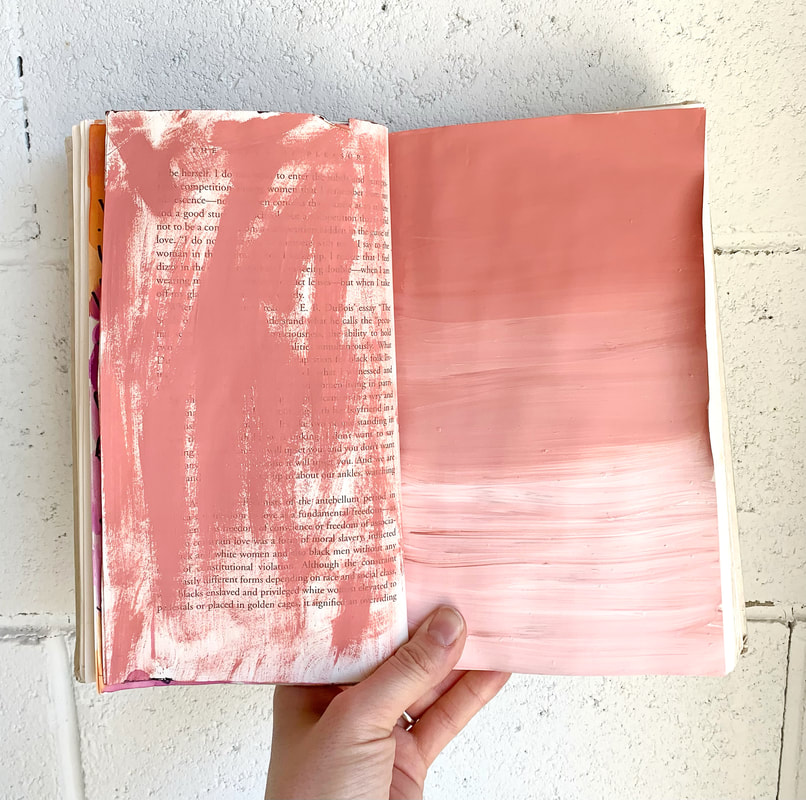
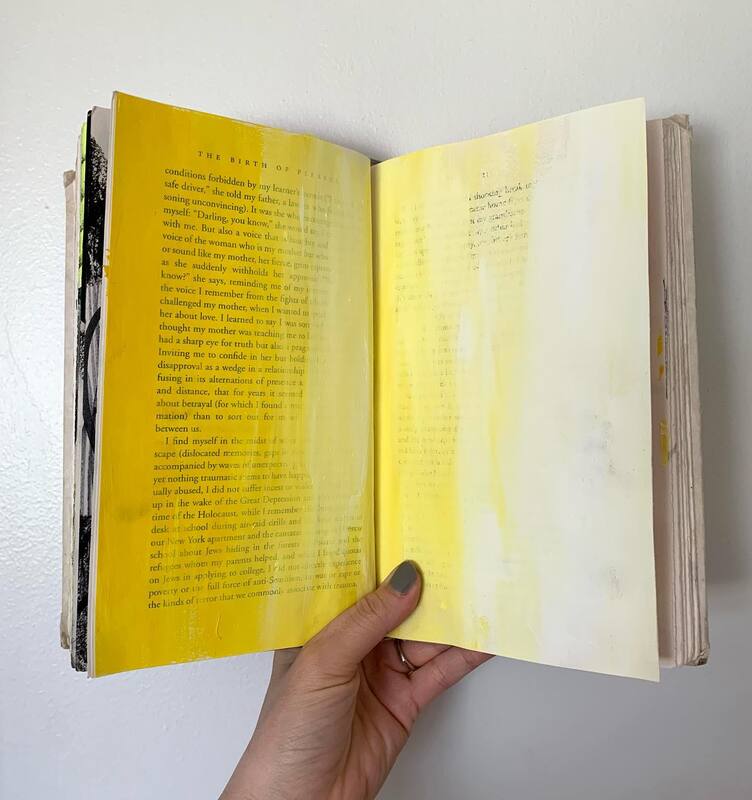

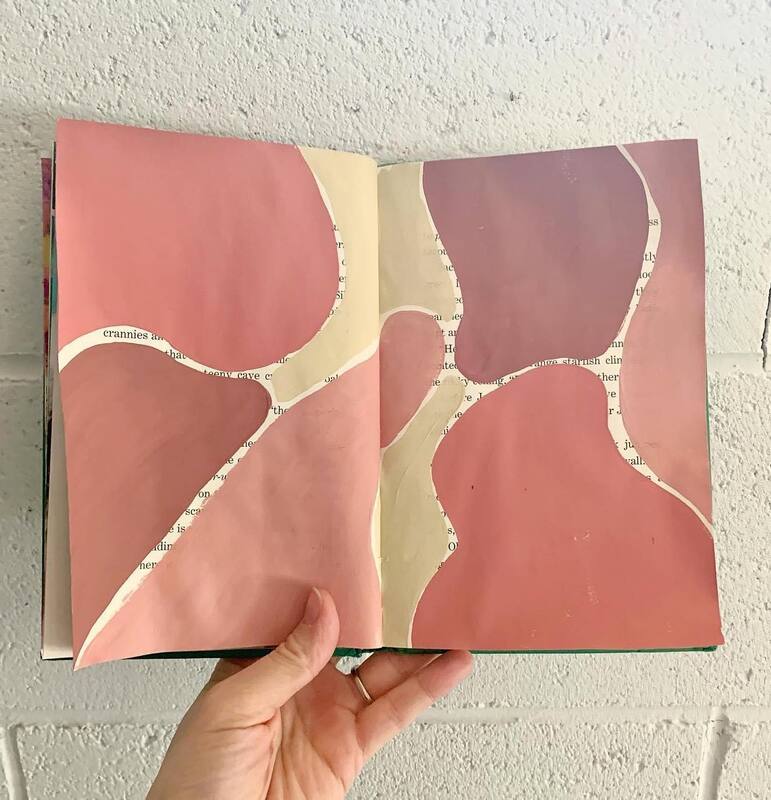
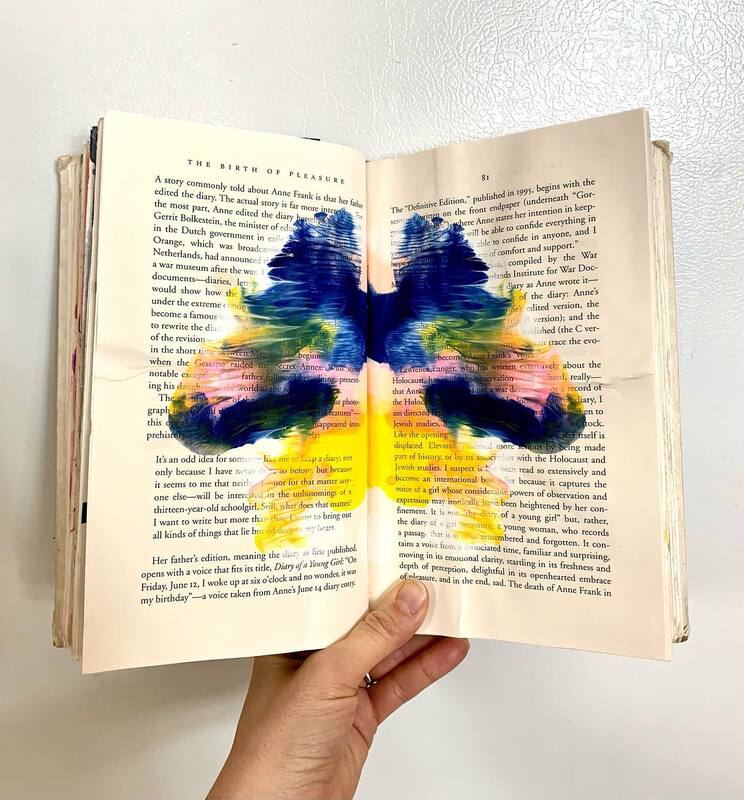
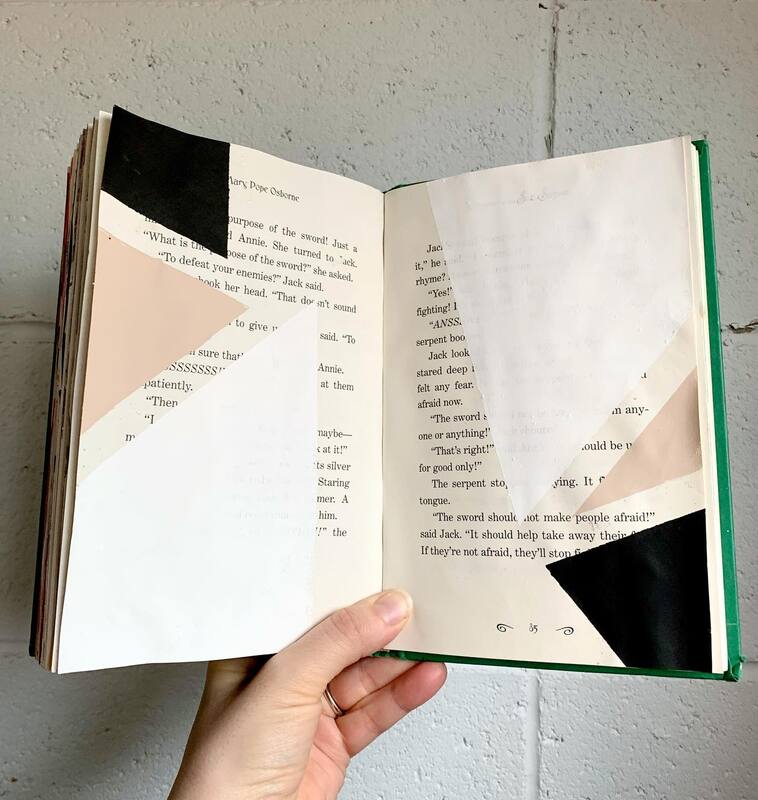

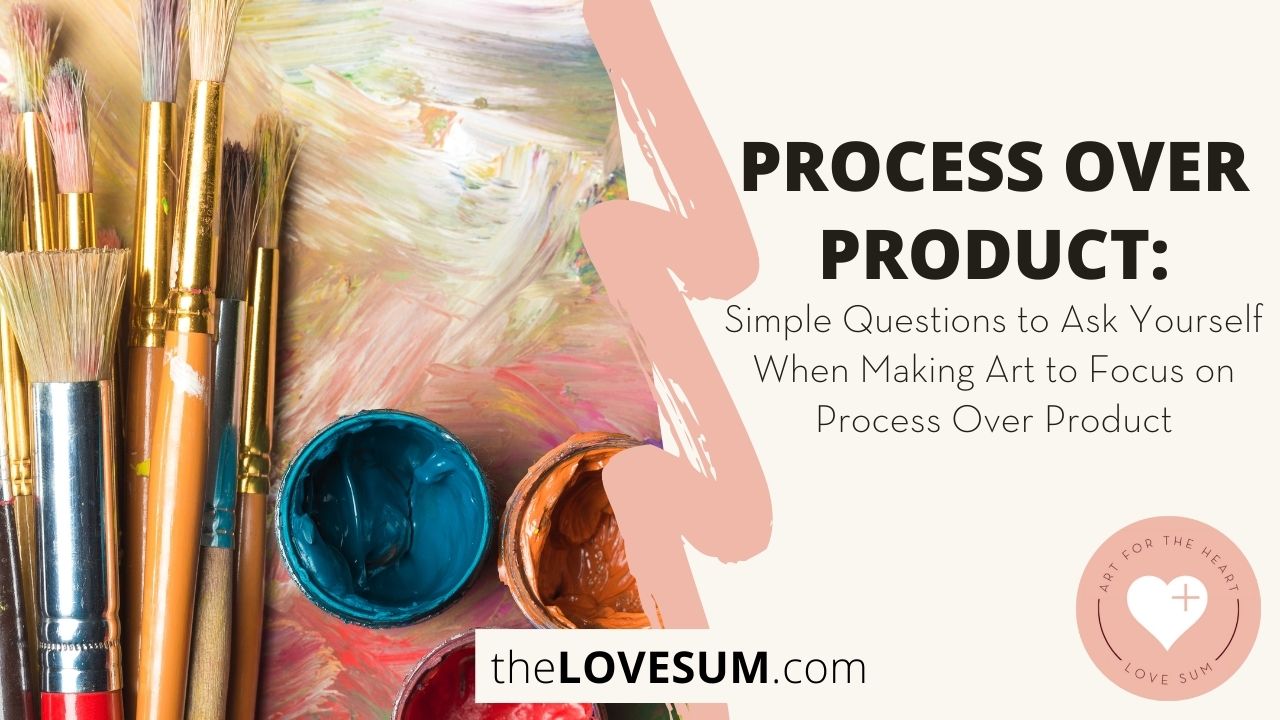



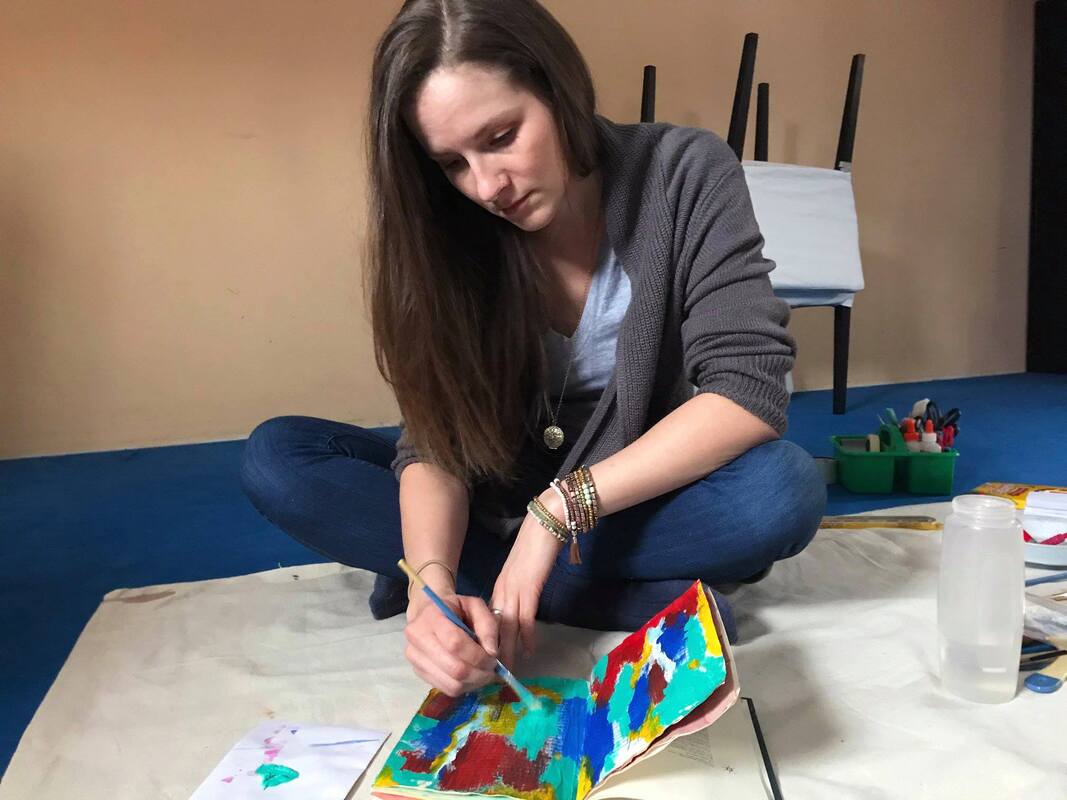
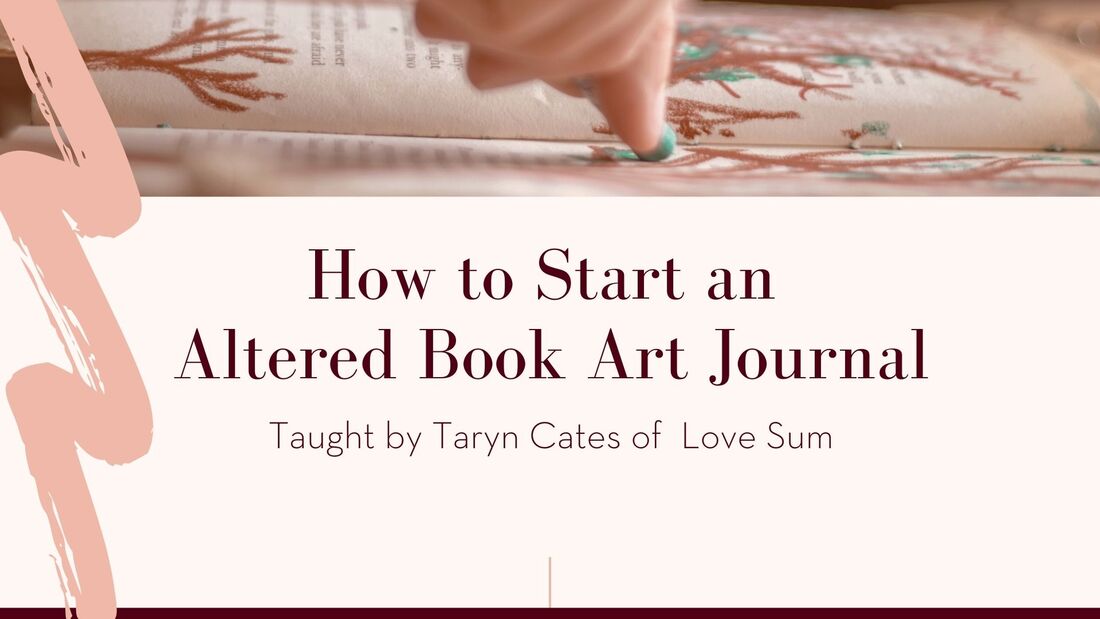

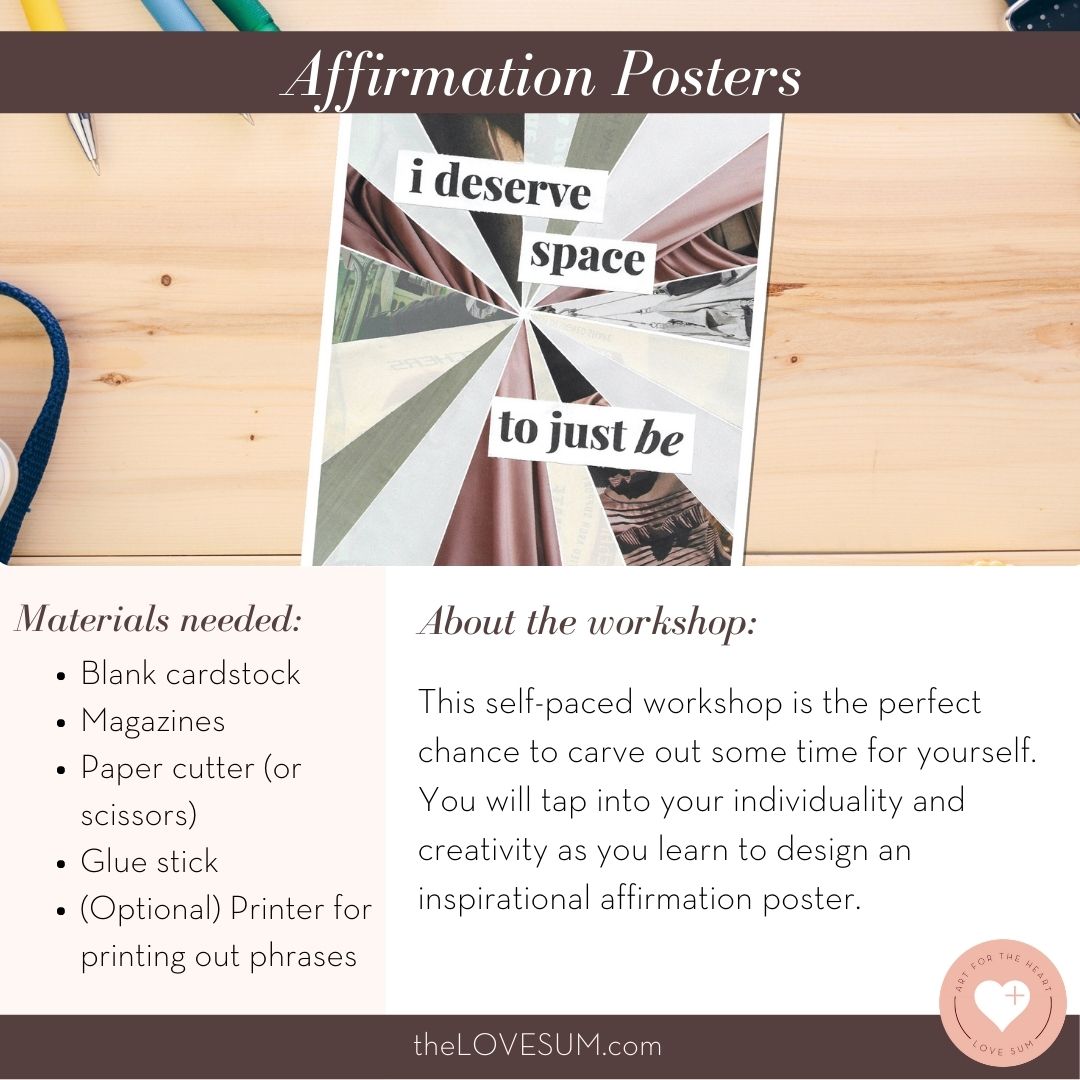
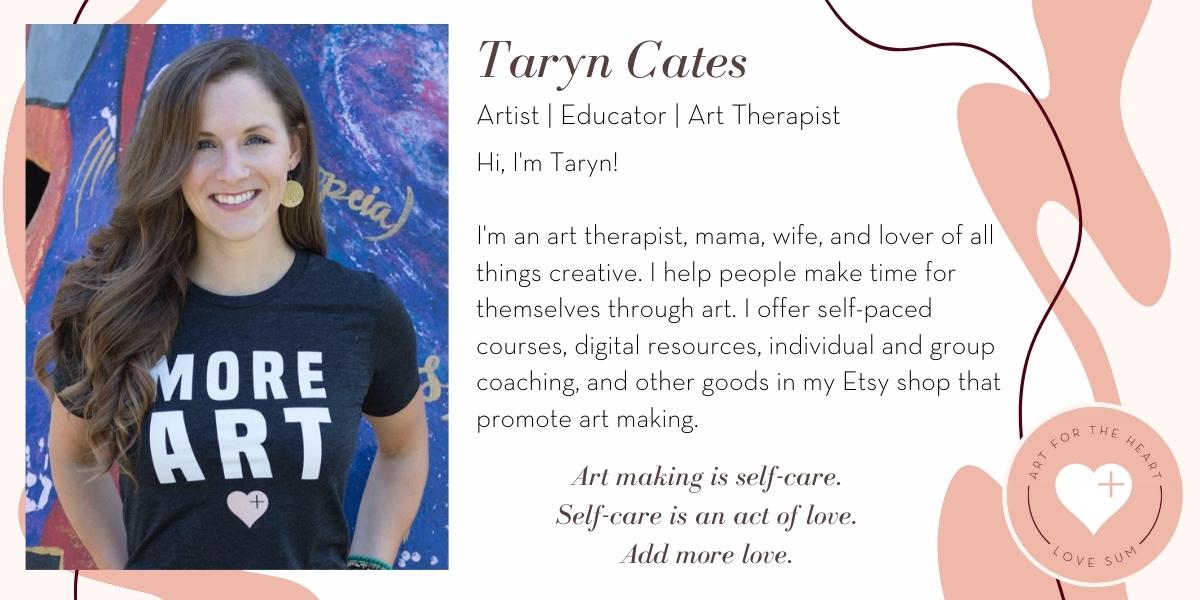
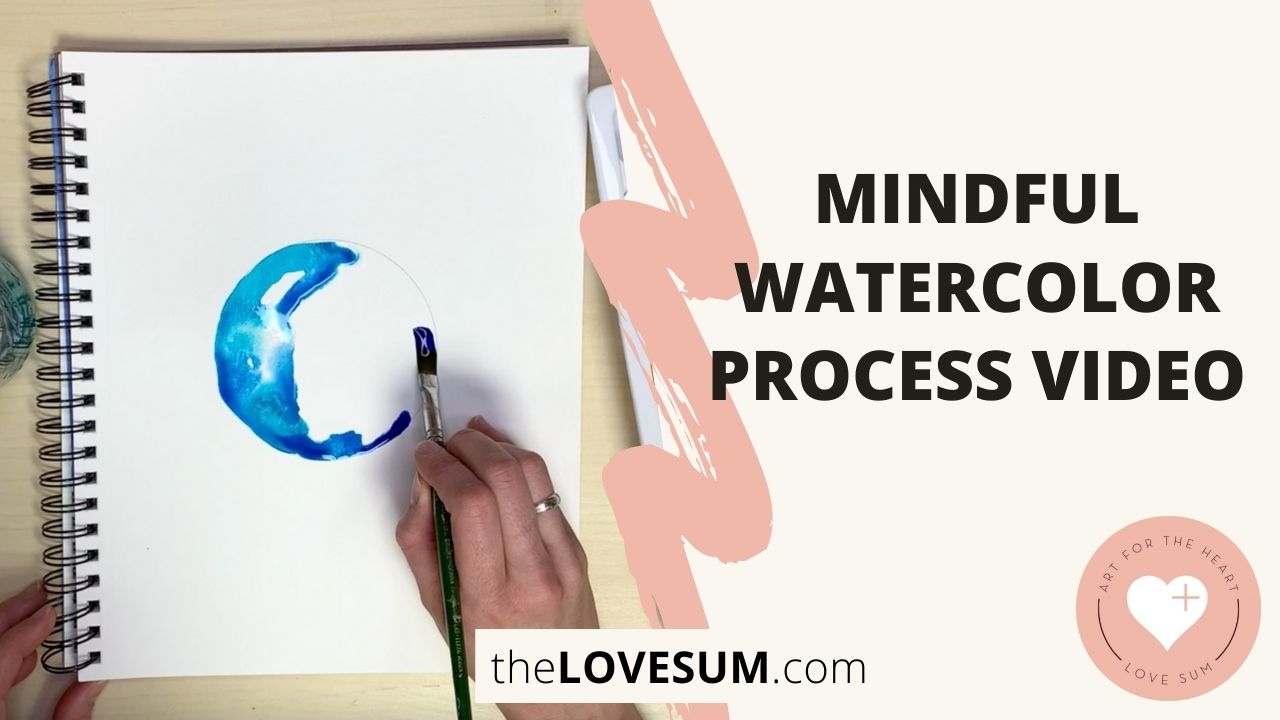
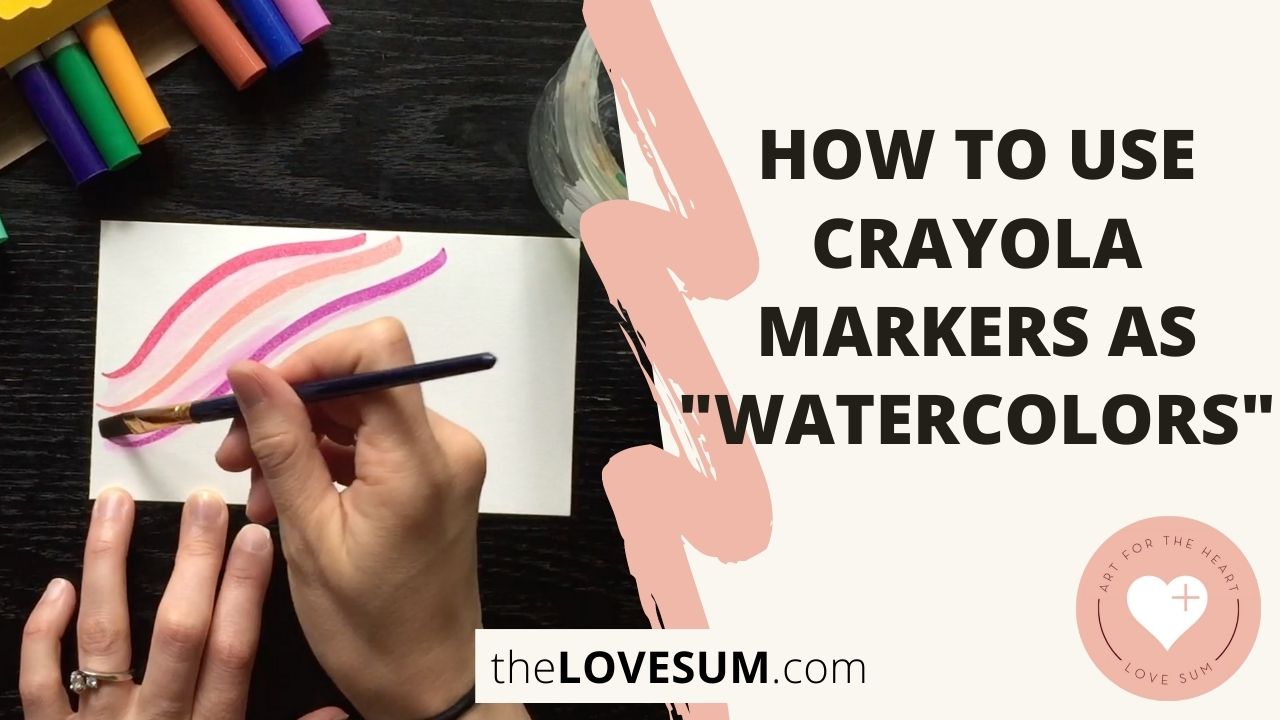

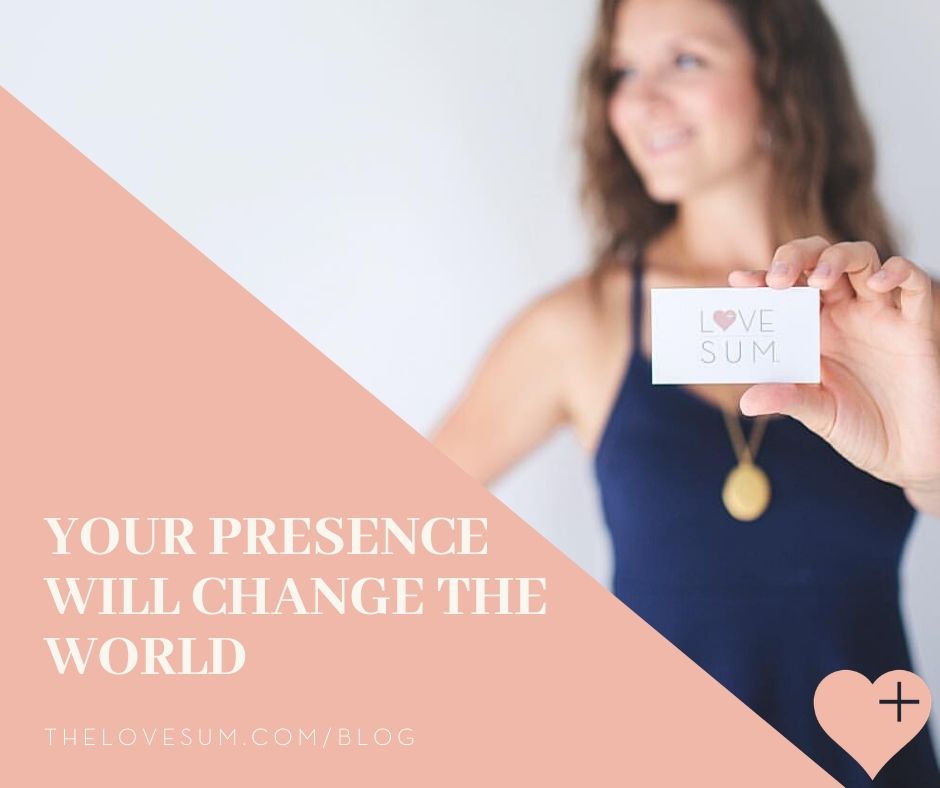
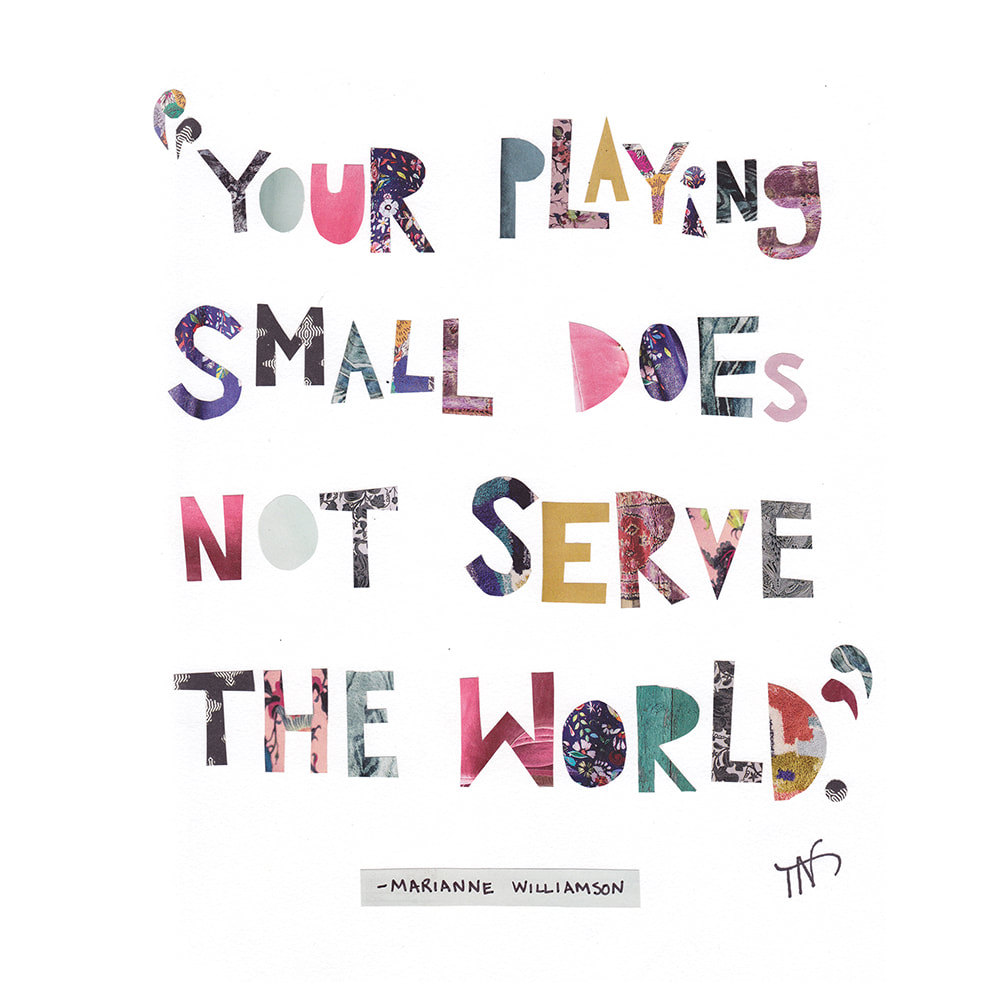

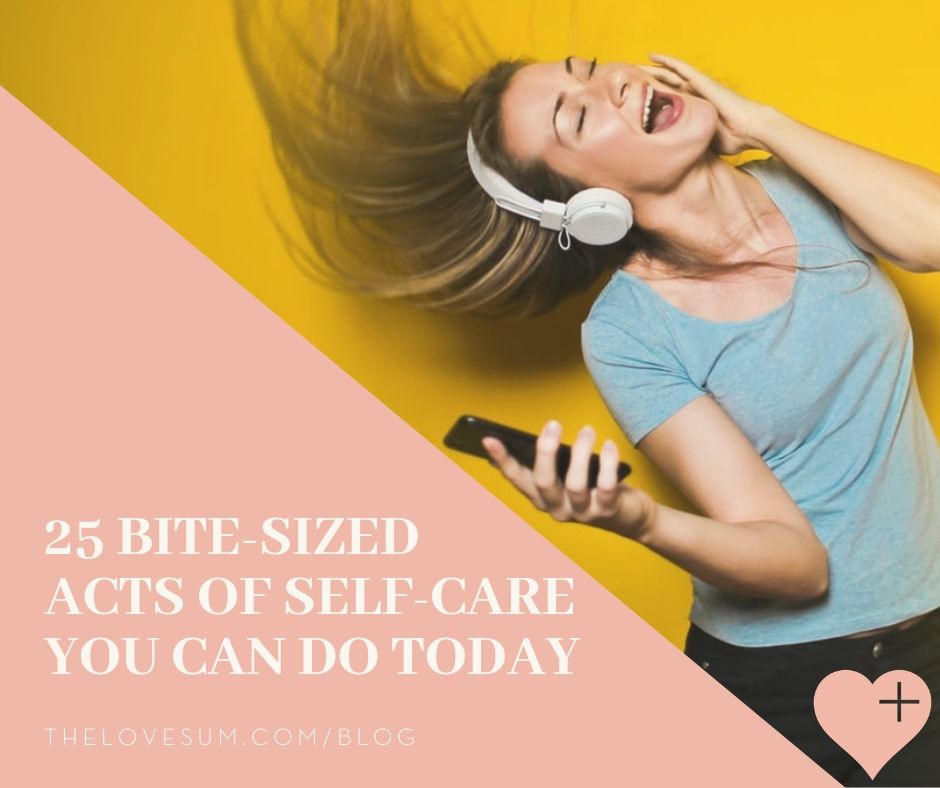
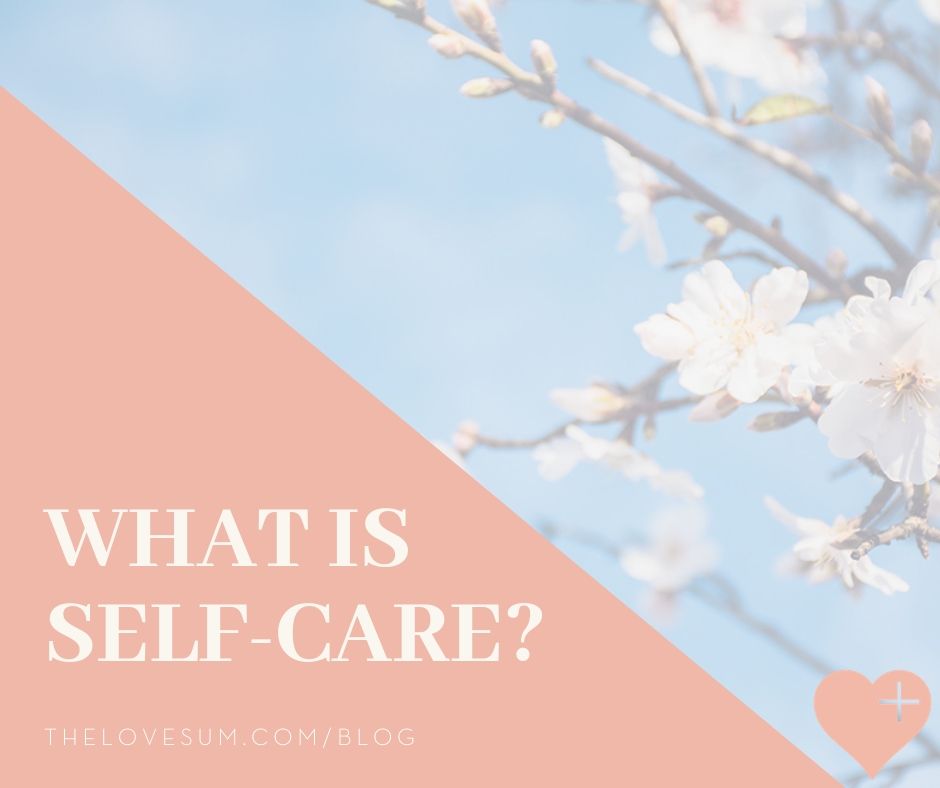
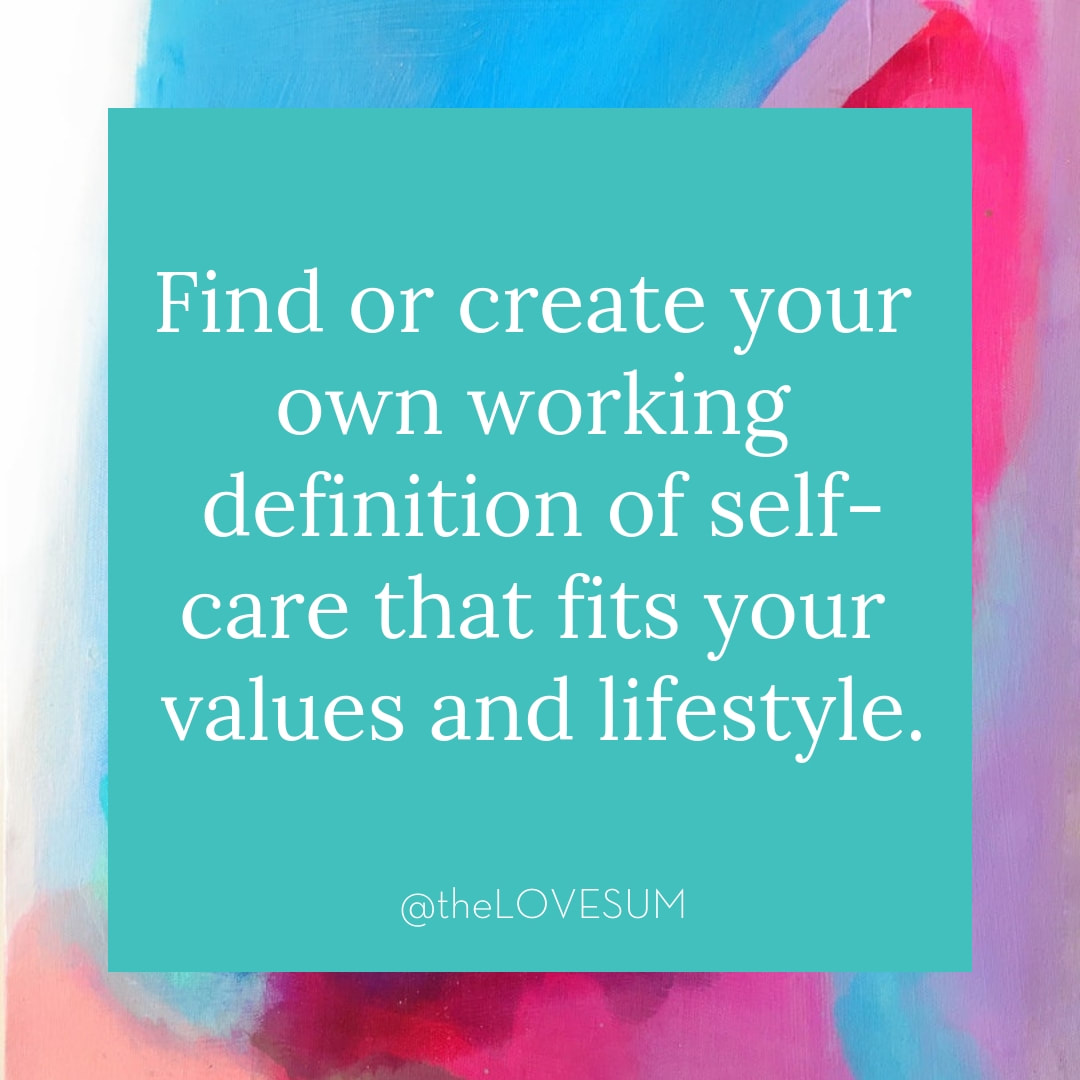

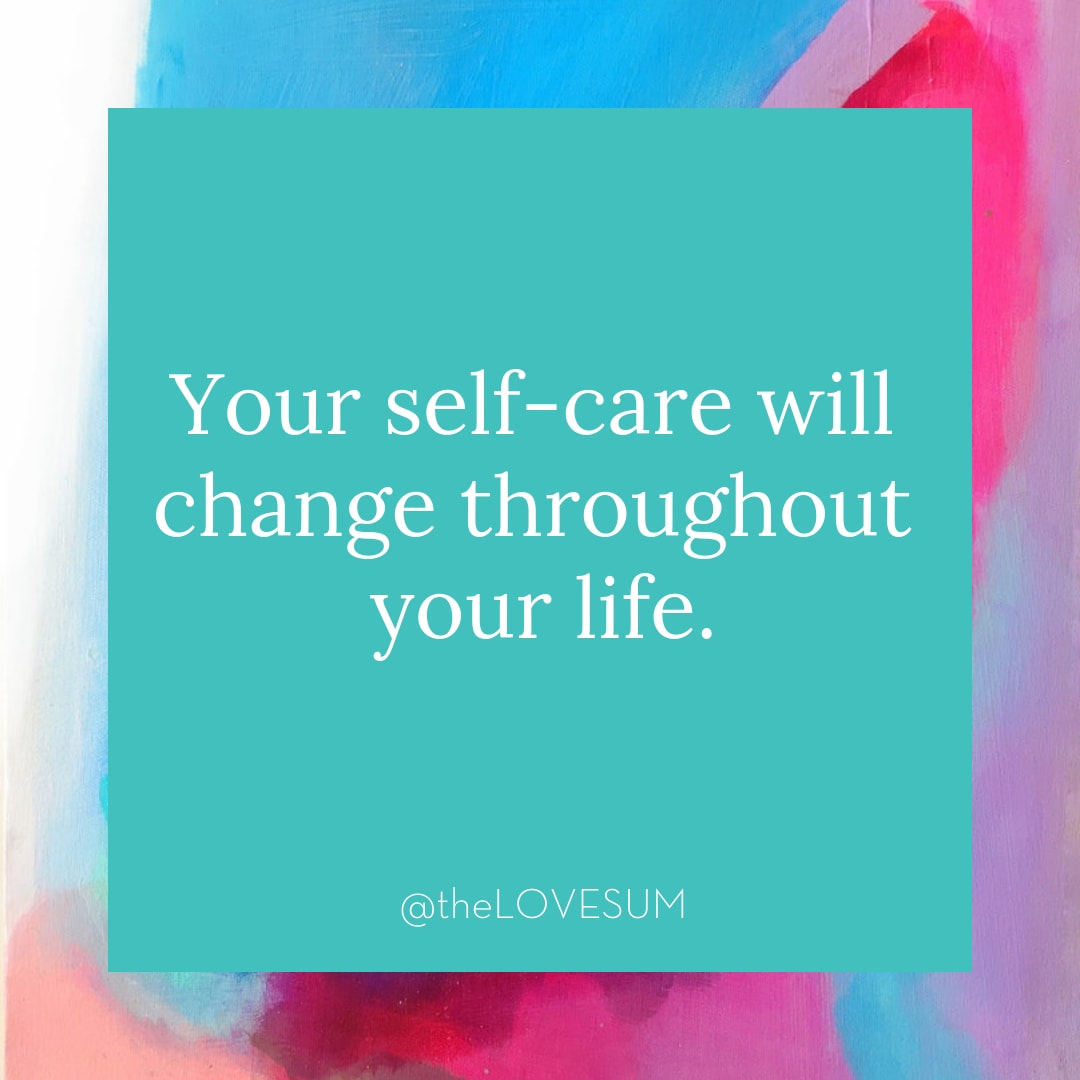

 RSS Feed
RSS Feed
